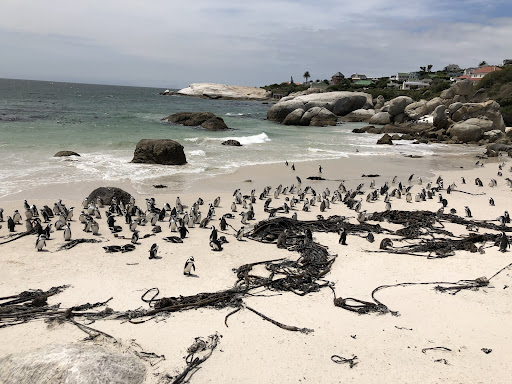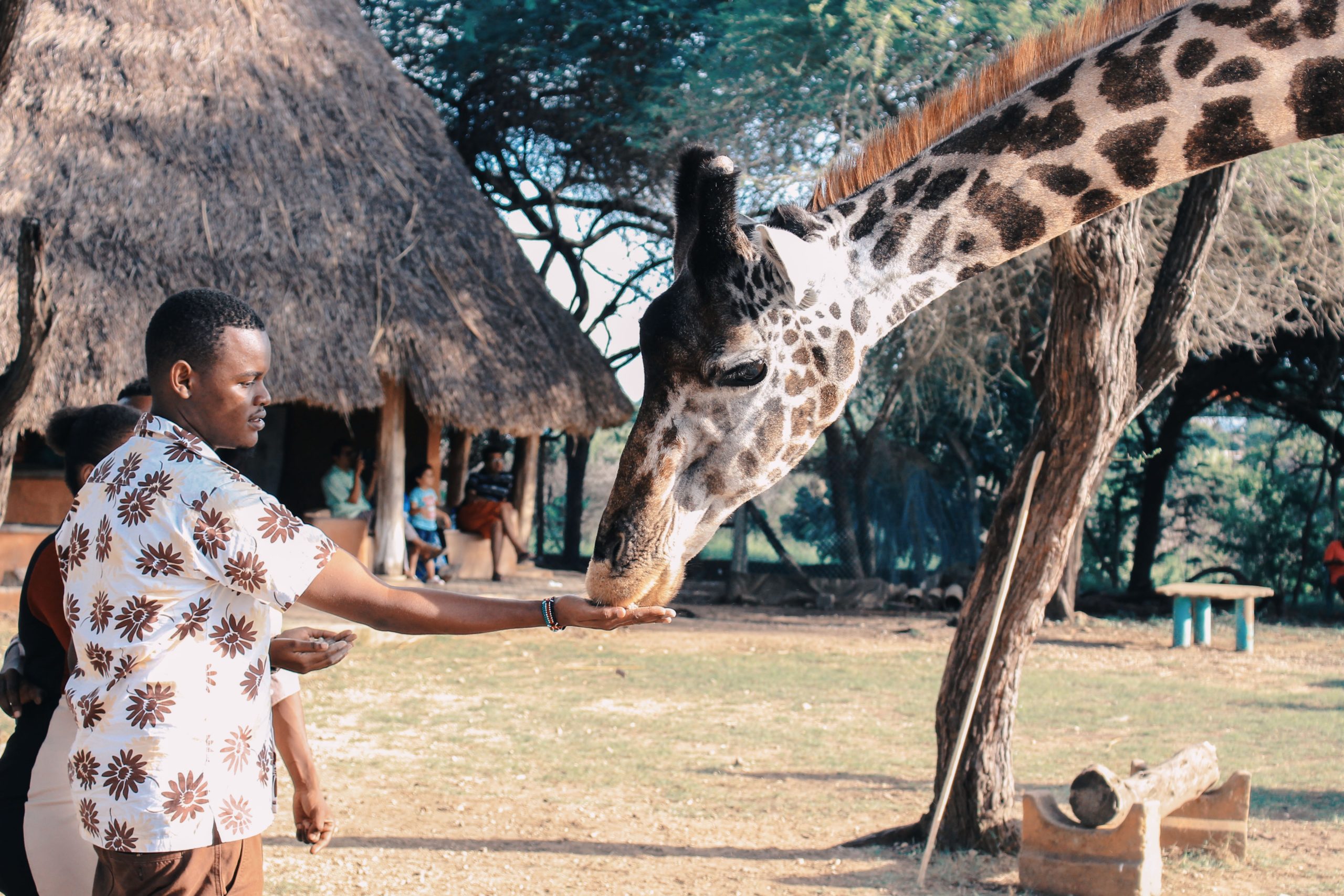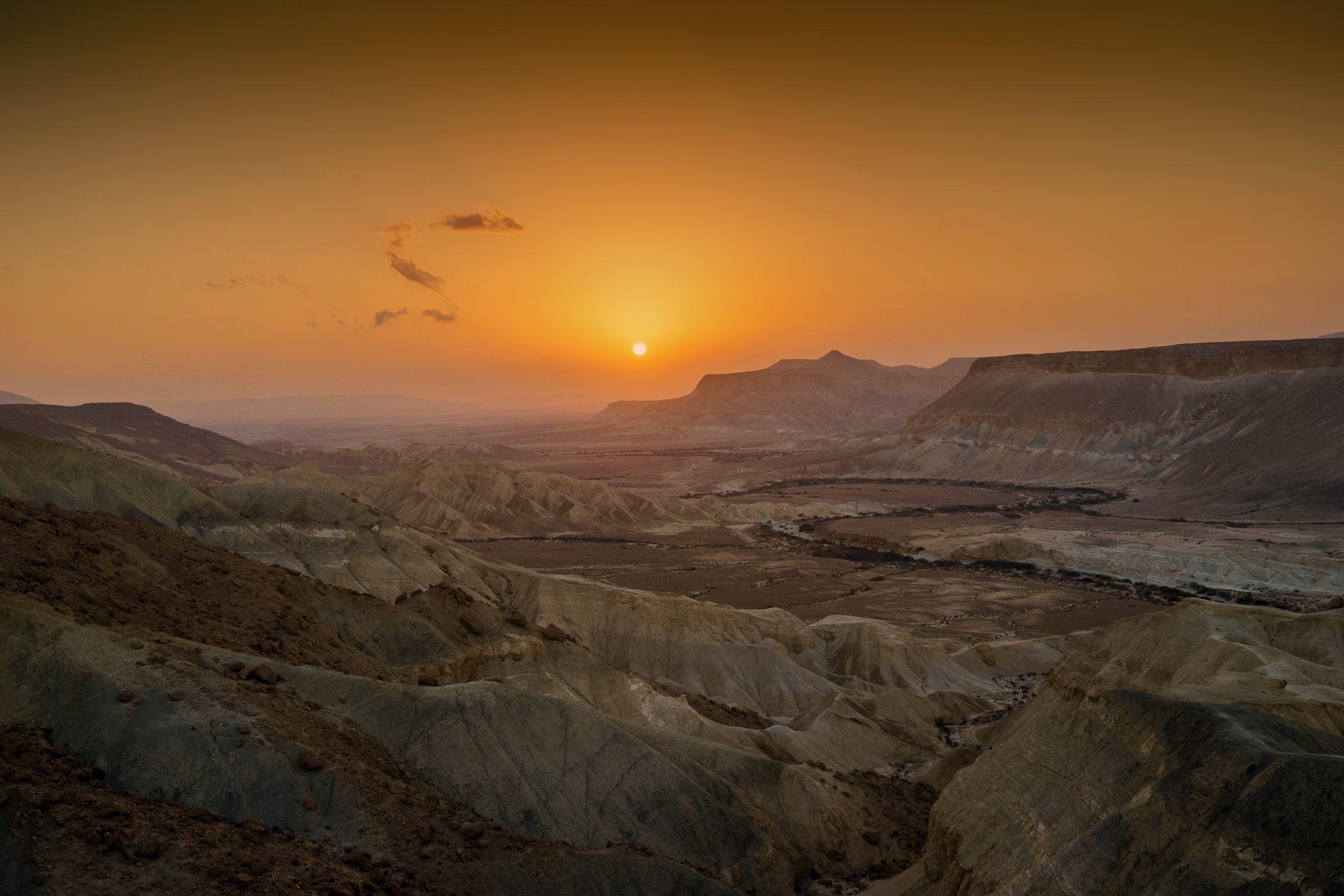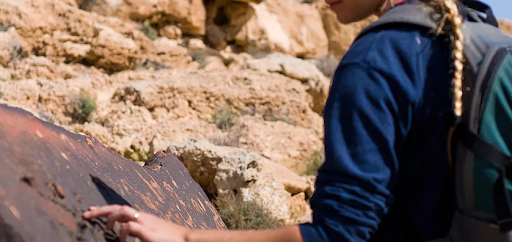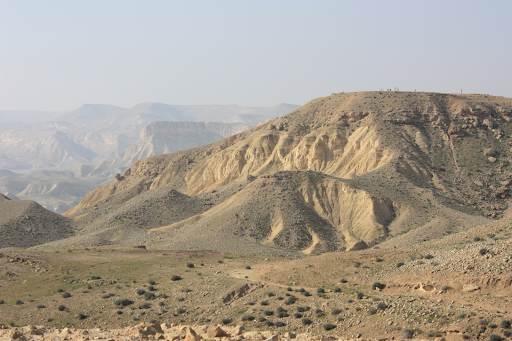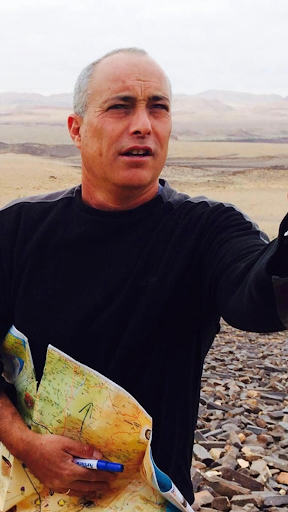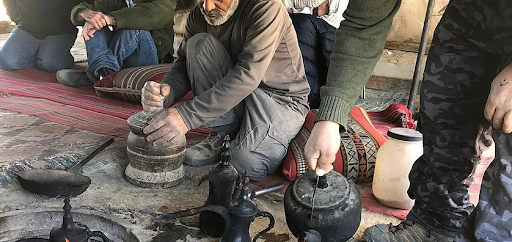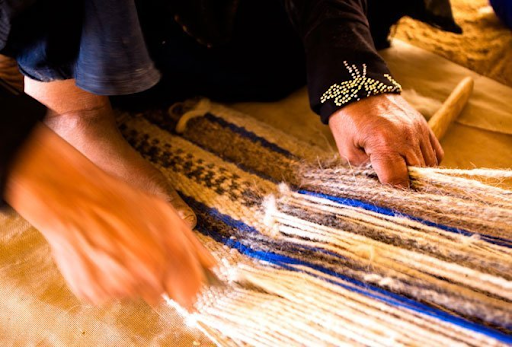A question we always get in our line of work is can tourism really support conservation efforts? Yes, conservation and tourism are interconnected in many ways! Tourism involves visiting places of interest, and conservation involves protecting places of interest. Tourists can combine the two by visiting and supporting areas that actively practice conservation. In some cases, a tourist can actually decide where they would like to visit based on conservation efforts in the area. The increasing popularity of visiting destinations with that in mind is seen with more people visiting national parks in the US or the Galapagos Islands.
Types of conservation to support through tourism
-
Wildlife conservation
This most popular type of conservation is normally based around a specific animal or animals. Tourists chose destinations for wildlife conservation to see or interact with their favorite animals.
Destinations to best participation in wildlife conservation tourism include La Jolla, California to see the sea lions or whale watching in Hawaii. Participating in activities that involve learning about wildlife or seeing wildlife supports organizations working to help protect the wildlife. The more popular wildlife tourism is, the more support different organizations get from the public, and in turn, they are better able to protect wildlife.
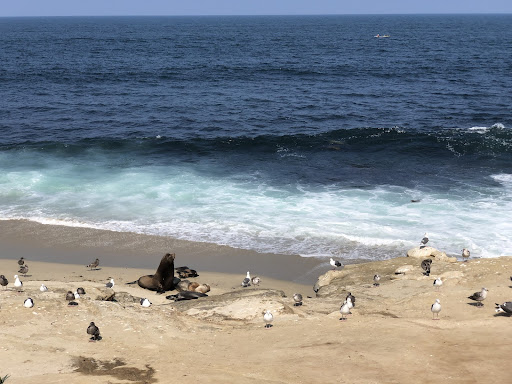
2. Cultural Conservation
Cultural conservation is crucial when working in destinations. It is important that tourism does not erode the traditions and customs of a place. Cultural conservation can include shopping at local markets to support communities. UNESCO’s heritage sites are locations that hold cultural and historical significance to a region or area. These locations are great examples of where tourism and cultural conservation come together.
3. Environmental Conservation
The third type of conservation is environmental conservation, where the efforts go beyond a single animal and focus on an environment. The national parks are a great example of how tourists can visit an area that specifically uses their profits to protect and conserve the land and create a unique opportunity where tourists can experience the environment first hand in different ways, such as camping.
How does tourism support conservation?
Tourism is important for conservation for multiple reasons. One reason is because it can financially support conservation efforts. Tourists can eat locally to support a community, or they can choose to participate in a tour where a portion of the cost goes directly to conservation efforts. Most conservation efforts actively teach people the importance of protecting different environments and inspire them to care about the new places they have seen. You’re more likely to want to save the turtles if you’ve actually seen them!
Financial support is very important when considering conservation efforts, but knowledge and the spread of knowledge is just as important. Tourism provides the opportunity for travelers to learn more about both wildlife and the environment they are visiting, but it also gives them the opportunity to relay what they learned to friends, family, blogs or other social media.
What is a real life example of tourists supporting wildlife conservation?
One great example of tourism supporting wildlife conservation is Camp Jabulani in South Africa. This is a luxury safari camp that provides a 5-star safari experience with game drives, spas, and hot air balloon rides, but they are also famous for their elephant preservation efforts. When tourists visit this camp, they are directly supporting the conservation of the elephants on the camp’s reserve and any future wildlife rehabilitation and habitat restoration efforts the camp carries out.
Camp Jabulani has rescued orphaned or displaced elephants and has introduced them into the herd that is living on the camp’s reserve. The camp cares for the elephants and has created a sanctuary where the elephants live freely with the help of the camp staff. Tourists are able to visit the camp and learn about the importance of elephants in an ecosystem, the efforts to create a wild experience for the elephants, and the rehabilitation care given to the rescued elephants. This is a great example of how tourism supports conservation, because without tourists, this camp would not be able to care for these elephants that don’t have a chance of survival in the wild.
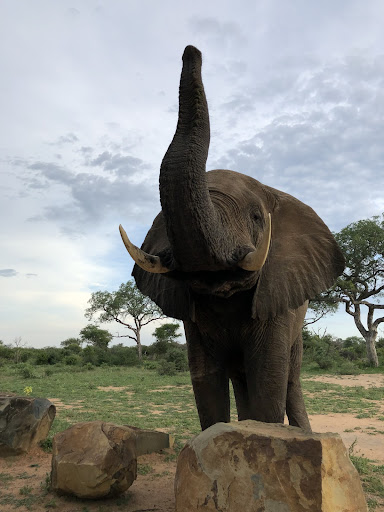
How can I, as a tourist, help support conservation?
There are many different ways a tourist can purposefully support conservation efforts during their trip. A great way is to do research before your trip to see if there are any related projects currently being managed by the hotel or location you are staying at. Some hotels offer tours that teach tourists about the surrounding environment, and in turn, profits from the tour go to conservation efforts.
Another easy way a tourist can support conservation is by respecting outdoor areas. This includes picking up trash after a beach trip, staying on a path during a forest walk, and not feeding or touching the nearby wildlife. These efforts help keep the environment healthy and prosperous.
It’s also important to research before you buy. Make sure the hotel, tour, or restaurant that claims to be conserving isn’t actually exploiting. Look for companies or organizations who focus on education and don’t allow the tourists to disrespect their surroundings. This means the organizations don’t disrupt the natural life cycle by feeding animals, waking up animals, picking flowers, and more. This is exploitation of the natural environment and can be very harmful. EcoClub has an extensive list that provides great examples of tours with a positive impact.
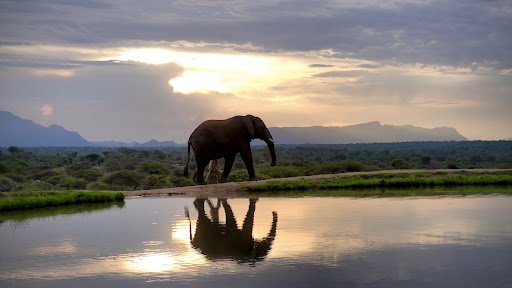
Where should I visit next to support conservation efforts?
Finding your next destination to support conservation can be overwhelming. Our website lists many projects we’ve undertaken in incredible destinations around the world. You can read more about the work Solimar has done with the Choco community in Colombia, the efforts to conserve Bengal tiger habitats in the Sundarban region, and many others! Read more here about why Southern Tanzania is a great destination whose wildlife depends on tourists like you. The locals and safari camp sites here (along with many other places in southern and Eastern Africa) focus on anti-poaching and conservation efforts.
